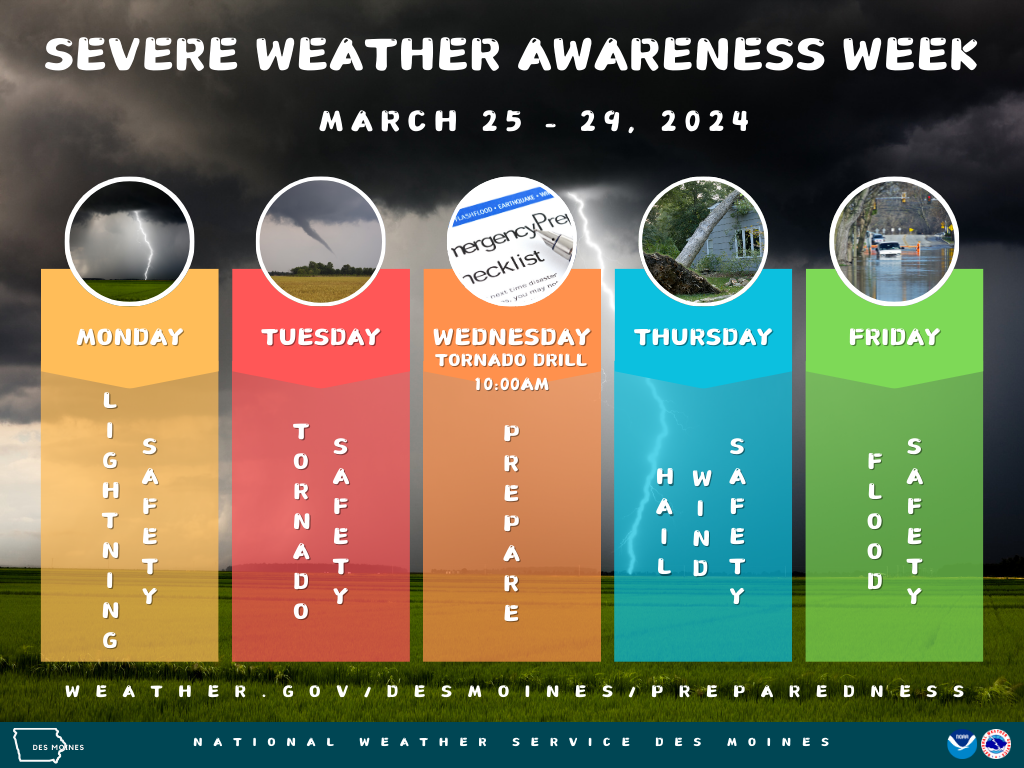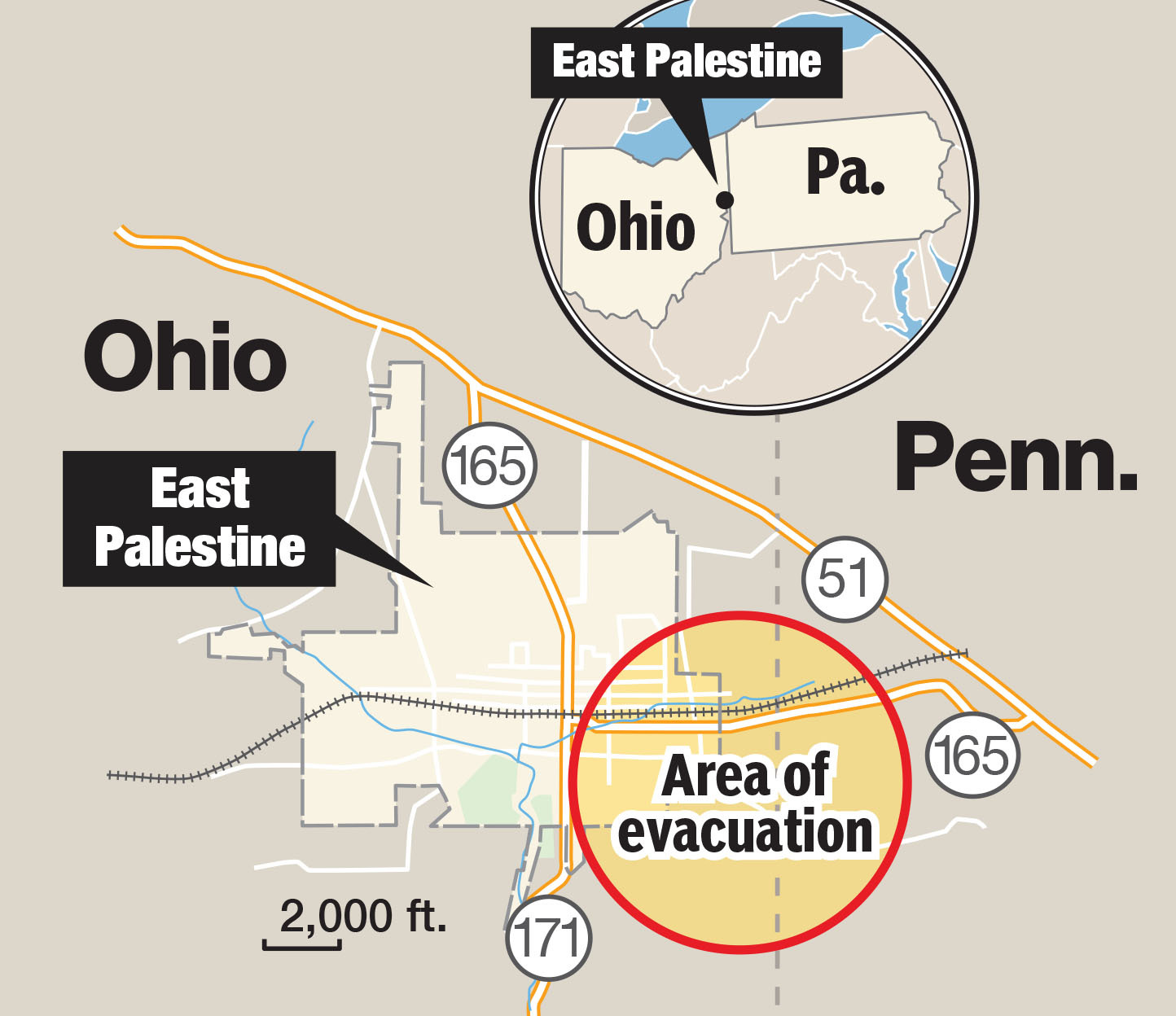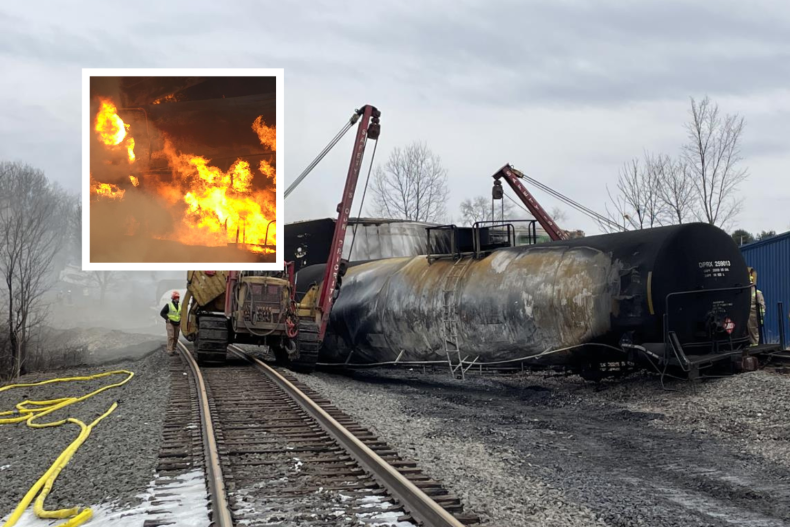NWS Kentucky: Getting Ready For Severe Weather Awareness Week

Table of Contents
Understanding Kentucky's Severe Weather Threats
Kentucky’s diverse geography makes it susceptible to a range of severe weather hazards. From the tornadoes that can rip through the state, to the flash floods that can inundate communities, understanding these threats is the first step to effective preparation.
- Tornadoes: Kentucky's location near Tornado Alley makes it vulnerable to devastating tornadoes. These powerful storms can develop rapidly, giving little warning.
- Floods: Heavy rainfall, often associated with thunderstorms, can quickly lead to flash flooding, especially in low-lying areas and along rivers and streams. Kentucky’s hilly terrain can exacerbate these risks.
- Severe Thunderstorms: These storms bring the threat of damaging winds, large hail, and torrential rainfall, all of which can cause significant property damage and injuries.
- Winter Storms: While less frequent, winter storms can bring heavy snowfall, freezing rain, and icy conditions, leading to power outages, hazardous travel, and potential hypothermia.
The NWS Kentucky website () offers detailed historical data and current information on severe weather events across the state, allowing you to understand the specific risks in your area.
Developing Your Severe Weather Plan
A comprehensive severe weather plan is your best defense against the dangers of extreme weather. This plan should outline clear steps for communication, shelter, and supplies, ensuring everyone in your household knows what to do in the event of a severe weather warning.
- Family Communication Plan: Establish a primary and secondary contact person outside of your immediate area. Designate a meeting place in case you're separated during an emergency.
- Safe Room or Shelter: Identify a sturdy interior room, preferably on the lowest level of your home, away from windows. This room should ideally be a basement or interior closet.
- Emergency Supplies: Stockpile a kit containing at least a three-day supply of water, non-perishable food, first-aid kit, medications, flashlights, batteries, and a battery-powered radio.
- Evacuation Routes: Plan multiple evacuation routes in case one is blocked. Know where local shelters are located.
Ready.gov provides numerous resources to assist you in creating a robust family emergency plan.
Utilizing NWS Kentucky Resources
The National Weather Service (NWS) Kentucky office plays a critical role in providing accurate and timely weather forecasts and warnings for the state. Staying informed is key to staying safe.
- NWS Website (weather.gov/lmk): Check the website for up-to-date forecasts, warnings, and advisories specific to your location.
- NWS Mobile App: Download the free NWS app for real-time alerts, radar imagery, and forecasts directly to your smartphone.
- Social Media: Follow NWS Kentucky on Twitter and Facebook for timely updates and important information.
- NOAA Weather Radio: A NOAA Weather Radio with Specific Area Message Encoding (SAME) technology will alert you to warnings specific to your location, even if the power goes out.
It is vital to understand the difference between a watch (conditions are favorable for severe weather), a warning (severe weather is imminent or occurring), and an advisory (less severe conditions are expected). Sign up for weather alerts through the NWS website or app to receive immediate notifications.
Taking Action During Severe Weather
Knowing how to react during different types of severe weather is crucial for your safety.
- Tornadoes: Seek shelter immediately in a designated safe room or the lowest level of a sturdy building. Avoid windows. Follow instructions from local officials.
- Floods: Never drive or walk through floodwaters. Evacuate if instructed by authorities. Be aware of rising water levels.
- Severe Thunderstorms: Stay indoors, away from windows. Unplug electronic devices and avoid using water.
- Winter Storms: Stay informed about weather conditions. Prepare for potential power outages and stock up on extra supplies. Drive cautiously and avoid unnecessary travel.
Always heed the instructions of local emergency management officials during severe weather events. Their guidance is critical for your safety.
Be Prepared for NWS Kentucky Severe Weather Awareness Week and Beyond!
This NWS Kentucky Severe Weather Awareness Week underscores the importance of preparation, proactive use of NWS resources, and swift action during severe weather events. Remember, having a comprehensive plan and staying informed about impending weather threats can save lives. Visit the NWS Kentucky website (), download the NWS app, and create your severe weather plan today. Being prepared for NWS Kentucky severe weather is not just for one week – it's a year-round commitment to your safety and the safety of your loved ones. Don't wait for a disaster to strike; be proactive and prepared for whatever weather challenges Kentucky may bring. Your preparedness could be the difference between life and death.

Featured Posts
-
 Toxic Chemicals From Ohio Train Derailment Building Contamination And Long Term Effects
Apr 30, 2025
Toxic Chemicals From Ohio Train Derailment Building Contamination And Long Term Effects
Apr 30, 2025 -
 Le Document Amf Cp 2025 E1027271 De Valneva Points Importants A Retenir
Apr 30, 2025
Le Document Amf Cp 2025 E1027271 De Valneva Points Importants A Retenir
Apr 30, 2025 -
 Kareena Kapoor On Aging Embracing Lines And Cosmetic Surgery Struggles
Apr 30, 2025
Kareena Kapoor On Aging Embracing Lines And Cosmetic Surgery Struggles
Apr 30, 2025 -
 The Undervalued Asset How Middle Managers Drive Company Performance And Employee Satisfaction
Apr 30, 2025
The Undervalued Asset How Middle Managers Drive Company Performance And Employee Satisfaction
Apr 30, 2025 -
 Ohio Train Derailment Aftermath The Prolonged Presence Of Toxic Chemicals In Buildings
Apr 30, 2025
Ohio Train Derailment Aftermath The Prolonged Presence Of Toxic Chemicals In Buildings
Apr 30, 2025
